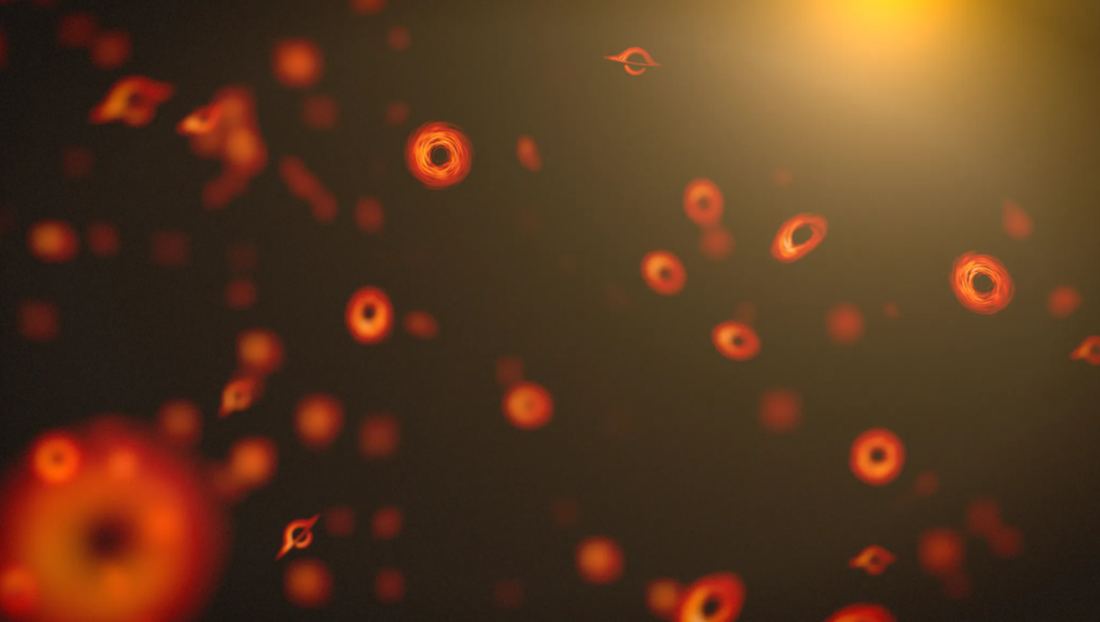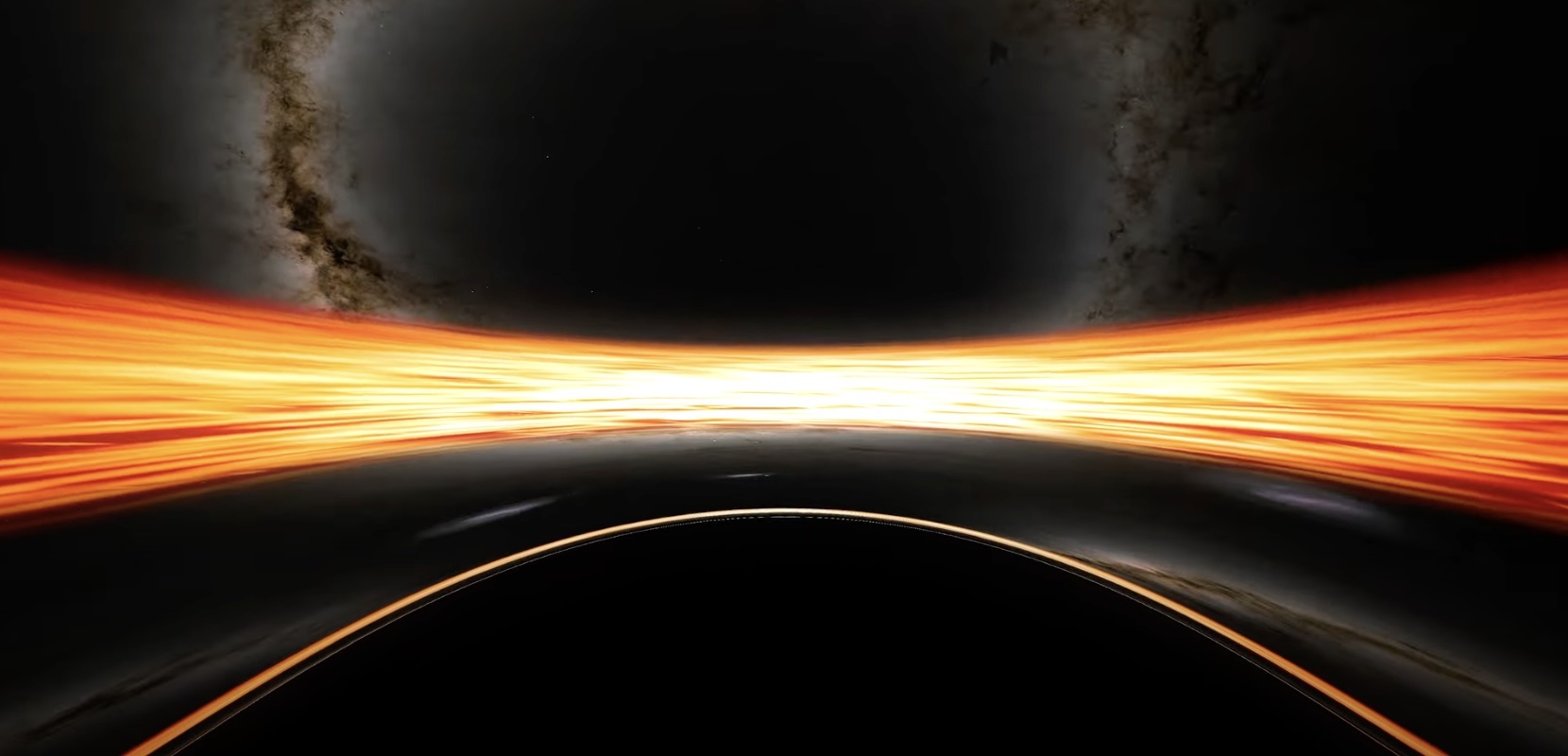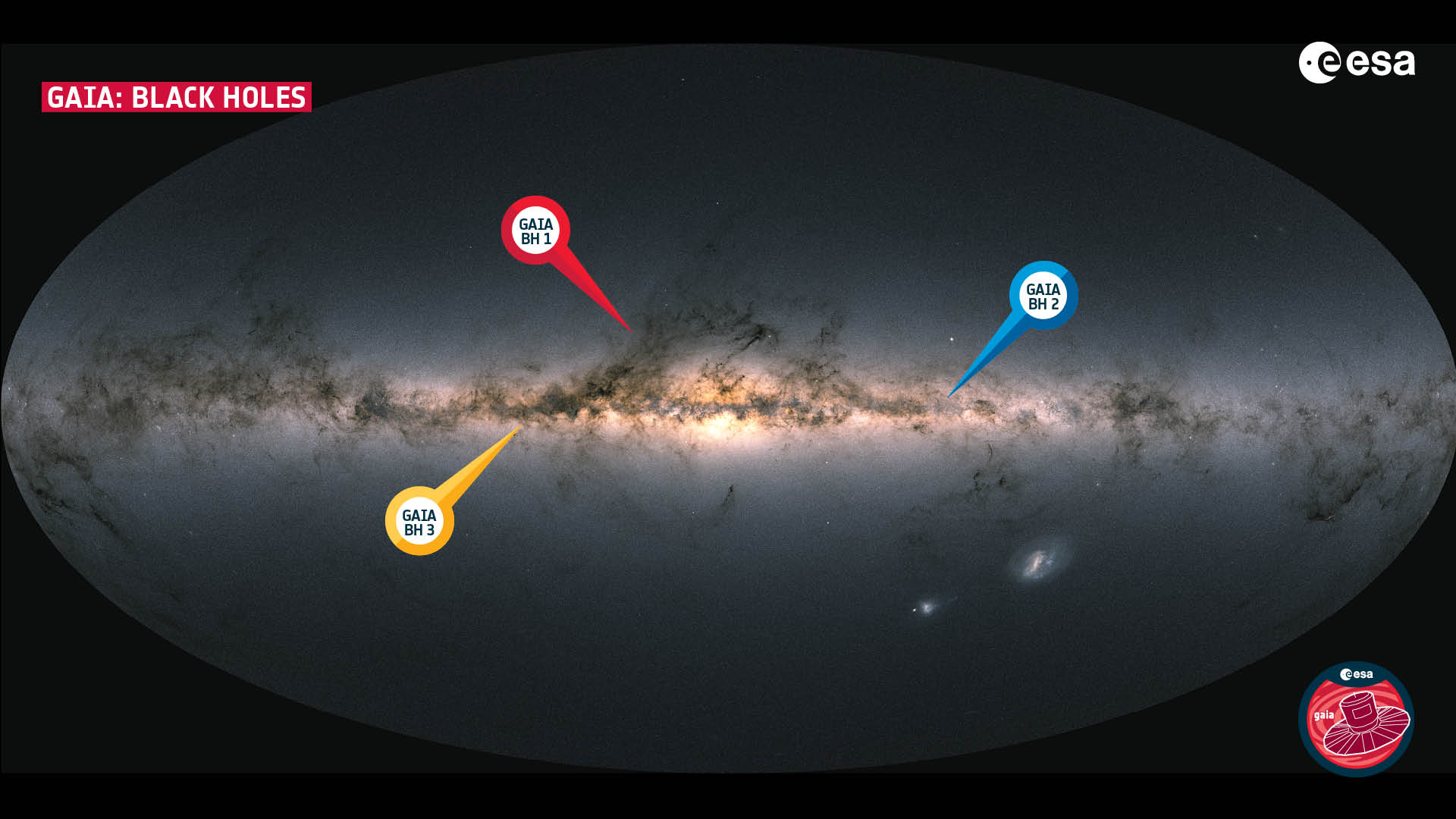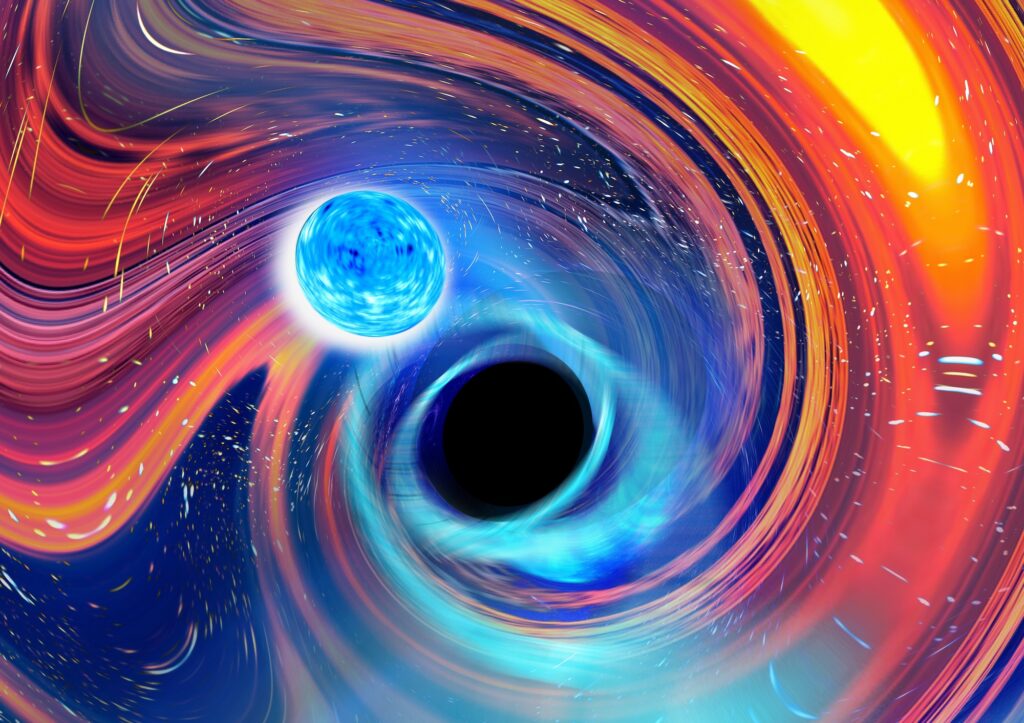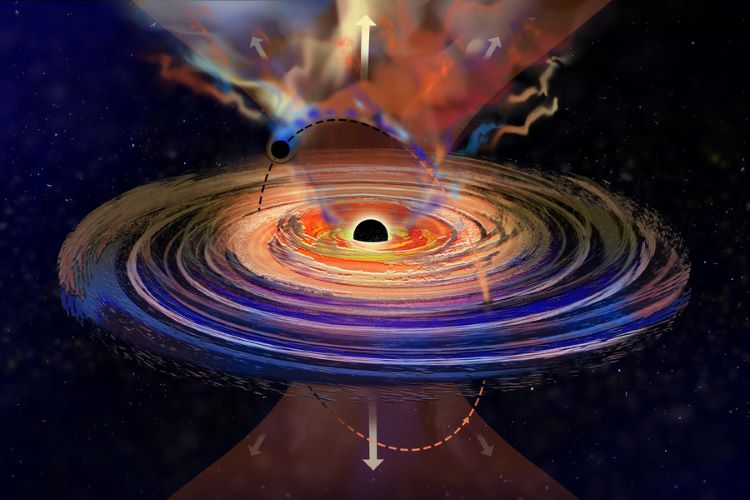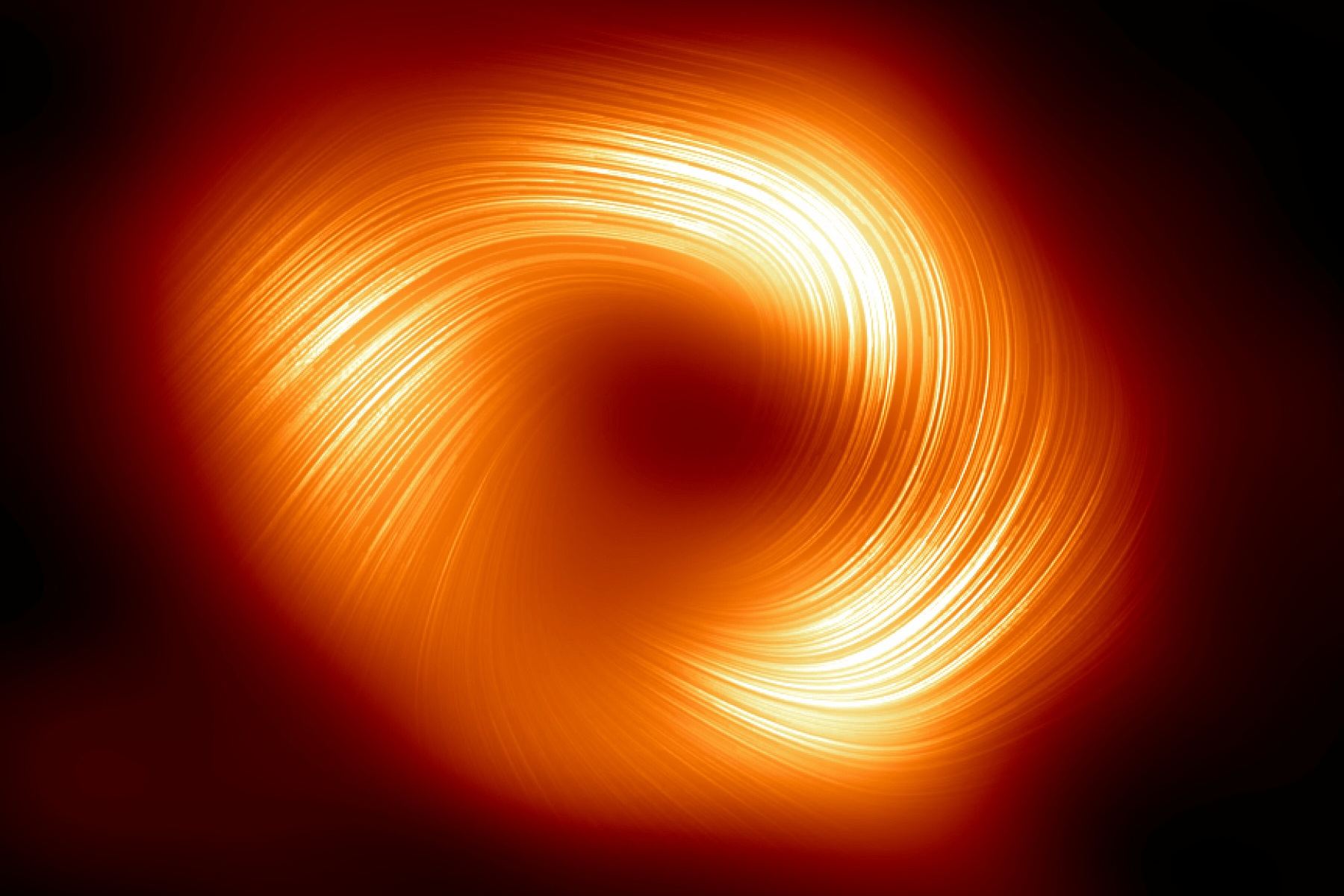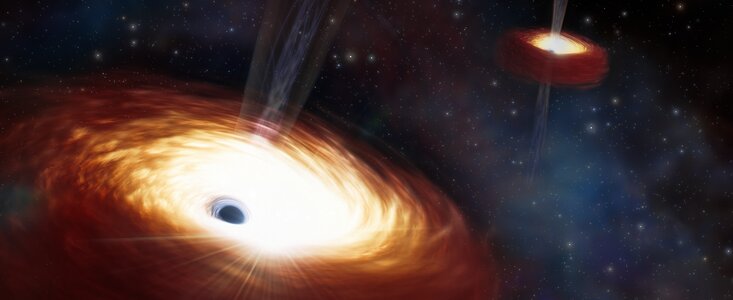Supermassive black holes are central to the dynamics and evolution of galaxies. They play a role in galactic formation, stellar production, and possibly even the clustering of dark matter. Almost every galaxy has a supermassive black hole, which can make up a small fraction of a galaxy’s mass in nearby galaxies. While we know a great deal about these gravitational monsters, one question that has lingered is just how supermassive black holes gained mass so quickly.
Continue reading “Supermassive Black Holes Got Started From Massive Cosmic Seeds”Supermassive Black Holes Got Started From Massive Cosmic Seeds


